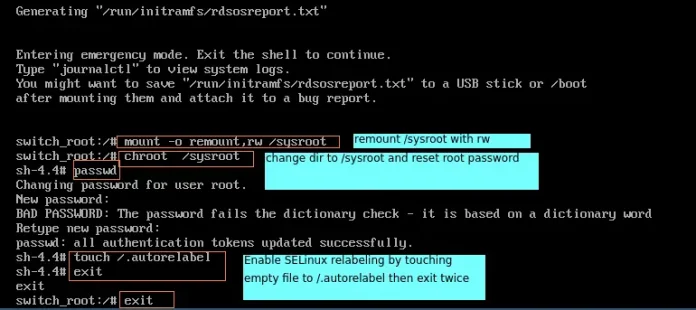In this article, we will be creating marquee text using JavaScript. This effect can be achieved using the <marquee> tag, but the marquee has been deprecated and the new websites do not use this tag. Still some browsers support this tag but to be on the safe side you should not use this tag. Here is the example below of how the marque tag works.
Example: In this example, we will use the HTML marquee tag.
HTML
<!DOCTYPE html> <html> <head> <meta charset="utf-8"> <meta name="viewport" content="width=device-width"> <title>Marquee tag example</title> </head> <body> <marquee> GeeksForGeeks | A computer science portal for neveropen </marquee> <br><br><br><br> <marquee direction="right"> GeeksForGeeks | A computer science portal for neveropen </marquee> <br><br><br><br> <marquee direction="up"> GeeksForGeeks | A computer science portal for neveropen </marquee> <br><br><br><br> <marquee direction="down"> GeeksForGeeks | A computer science portal for neveropen </marquee> </body> </html> |
Output:
Note: Do not use the marquee tag inside your code because it is deprecated and can break your code in the future.
Using Javascript : To avoid the deprecation of the marquee tag you can implement your own JavaScript code to achieve this effect. First, we create an HTML skeleton. Create a div tag and inside the div tag create some <p> tags that hold your text.
HTML Code: In this section, we will create the basic structure of the file
CSS Code: Now add some CSS to the code. Here in the wrapper div (In which all the <p> tags reside) make the overflow hidden (This is necessary) and set the background color, border, width of your choice. And in the <p> tag there should be three necessary properties white-space, float, and clear. The white space should be set to nowrap, float to be left, and clear to be both and other designing properties of your choice.
JavaScript Code: Now the main part of adding logic to move the text. What we do is decrease the margin-left property of the <p> elements, When the element becomes invisible we again assign the margin-left equal to the width of the parent element of the <p> element. These are the step-by-step process to implement this logic.
- Create a variable named elementWidth and assign the offsetWidth of the <p> element
- Create a variable name parentWidth and assign the offsetWidth of the parent element of the <p> element.
- Create a flag variable and initialize it with 0
- Create a set interval with a 10-millisecond refresh rate.
- At every Interval decrease the flag value and set that value to the margin-left property.
- If the negative value of the flag is equal to the element’s width then set the value of margin-left equal to the parent’s width.
HTML
<!DOCTYPE html> <html> <body> <div id="main"> <p class="para" id="para1"> Geeksforneveropen | A computer science portal for neveropen </p> <p class="para" id="para2"> This is another text </p> <p class="para" id="para3"> This is the third line of the example line of the example. </p> </div> </body> </html> |
CSS
<style> #main{ border: 1px solid; background: yellow; width: 100%; overflow: hidden; } .para{ color: black; font-weight: bold; white-space: nowrap; clear: both; float: left; } </style> |
Javascript
const para1 = document.getElementById("para1"); const para2 = document.getElementById("para2"); const para3 = document.getElementById("para3"); animate(para1); animate(para2); animate(para3); function animate(element) { let elementWidth = element.offsetWidth; let parentWidth = element.parentElement.offsetWidth; let flag = 0; setInterval(() => { element.style.marginLeft = --flag + "px"; if (elementWidth == -flag) { flag = parentWidth; } }, 10); } |
Output: After combining the above three sections we will see something like this.
Click here to see live code output






